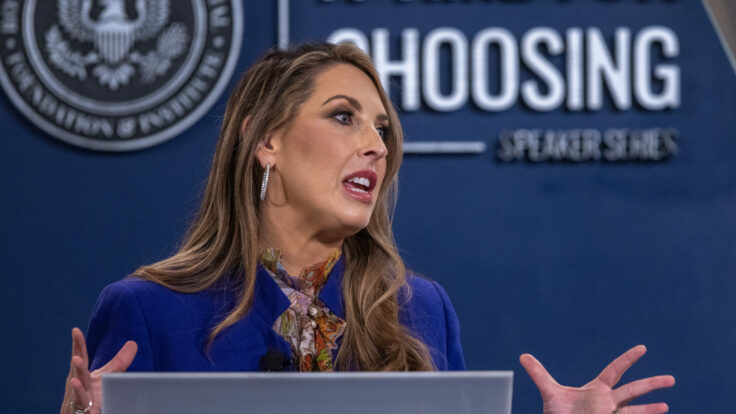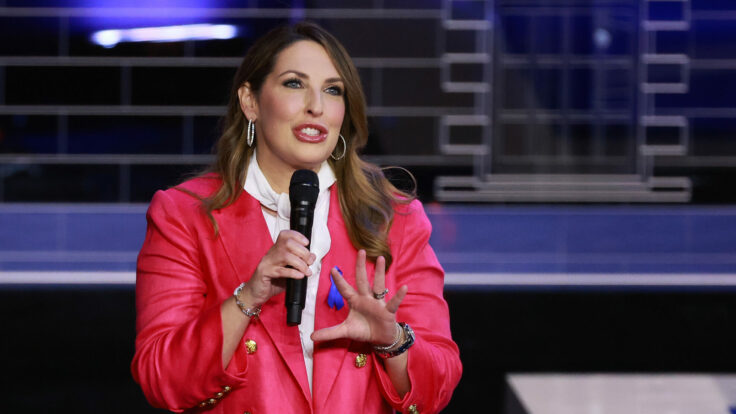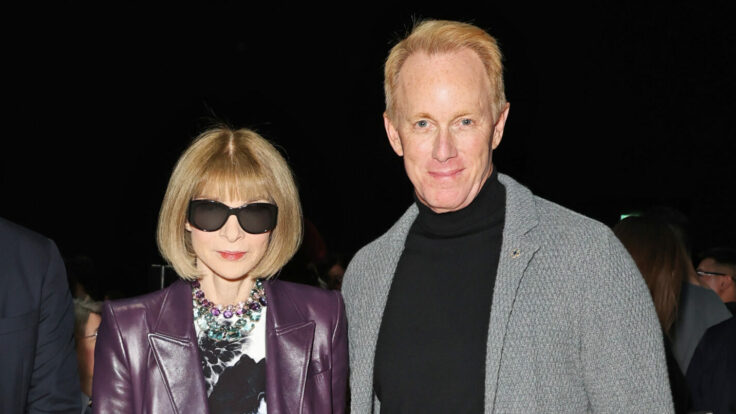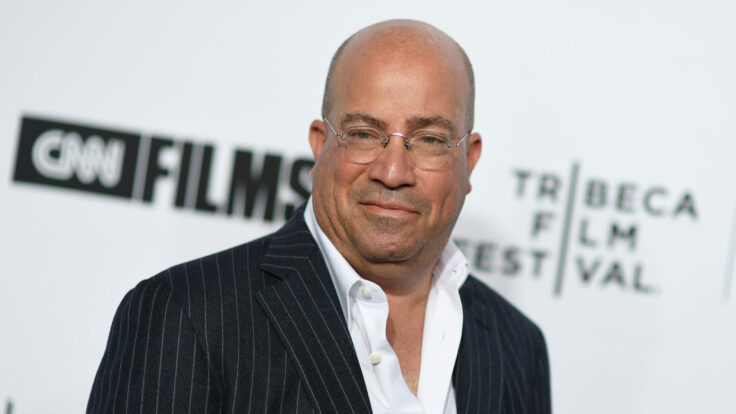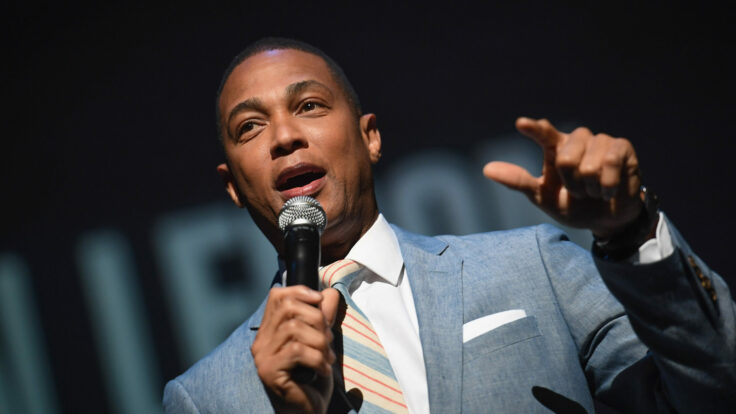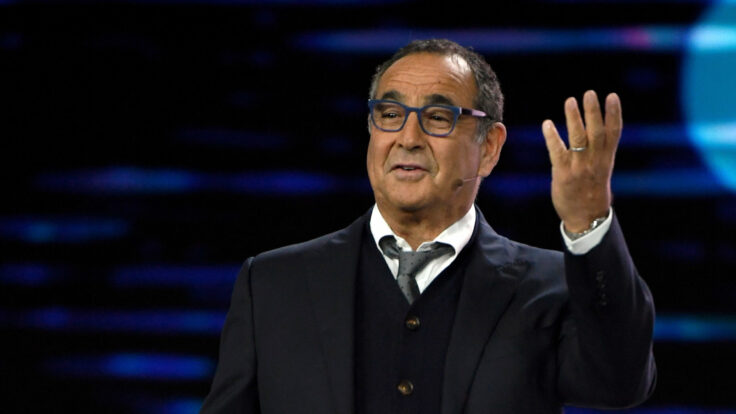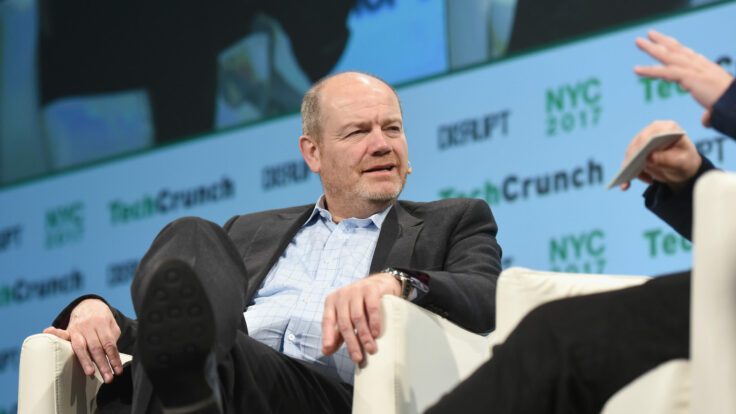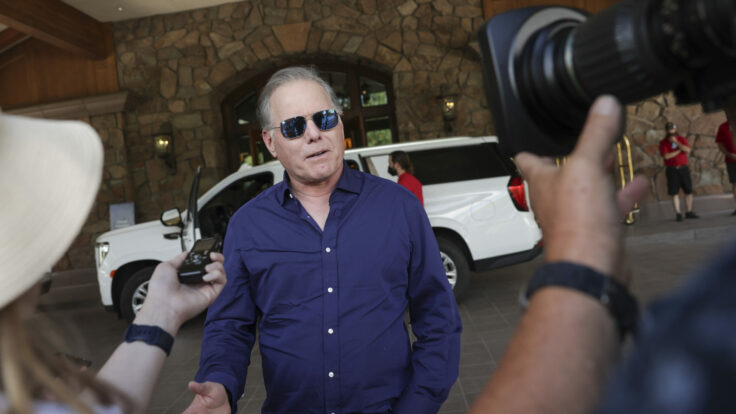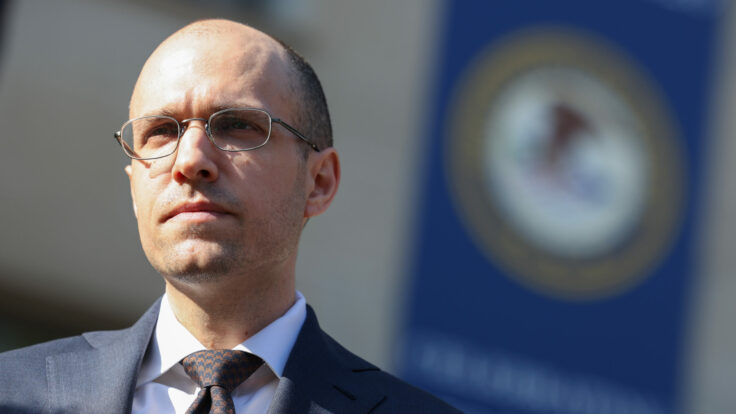Back in 2014, while Hollywood executives were still reckoning with the second- and third-order effects of the Great Netflix Disruption—and bracing themselves for the long, inexorable decline of their cable and network television businesses—Disney’s chief business strategist Kevin Mayer asked John Skipper, then the head of ESPN, to start testing pricing models for a hypothetical streaming service that would deliver the premiere sports channel directly to consumers. Even then, four years before the eventual launch of ESPN+—a relatively cautious, toe-in-the-water streaming effort carrying second-tier games—Mayer and his inimitable boss, Bob Iger, appeared to see the writing on the wall: live sports would eventually, inevitably go D.T.C. Fans would pay for what they wanted to watch, and a new generation wouldn’t put up with the inefficiencies and leaked value of the cable bundle.
No one in Burbank or Bristol expected the findings to be pretty. ESPN was then in 100 million homes and netting about $4 billion in EBITDA thanks in large part to the bundle model that gave Disney the highest cut of every cable subscriber’s monthly payment, whether they watched sports or not. At the time, ESPN was raking in $5 to $6 dollars per subscriber—in effect, a monumental private tax on virtually every American household. An all-in D.T.C. offering would fundamentally reorient the economics, limiting ESPN’s audience to the viewers who were actually willing to pay for it and thus force ESPN to charge them a lot more to break even, more still to grow, and more still to keep pace with the ever-skyrocketing cost of live sports rights. (No wonder the industry tried to keep cable on life support for as long as possible.)








